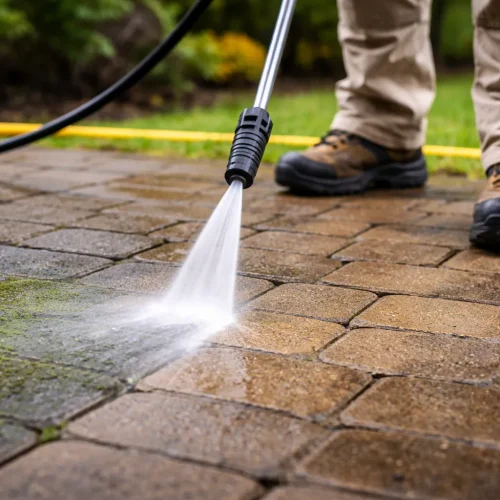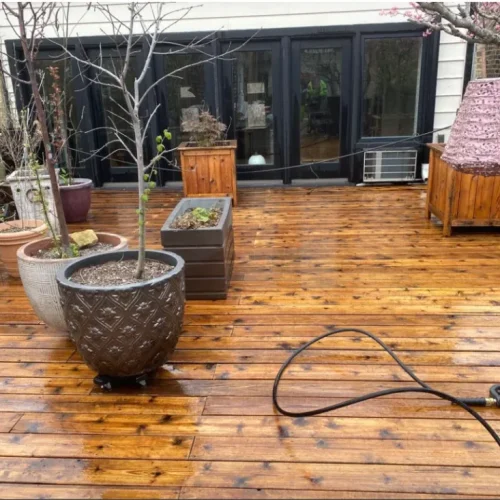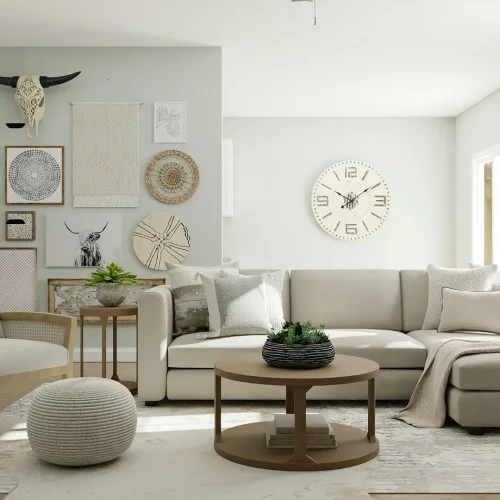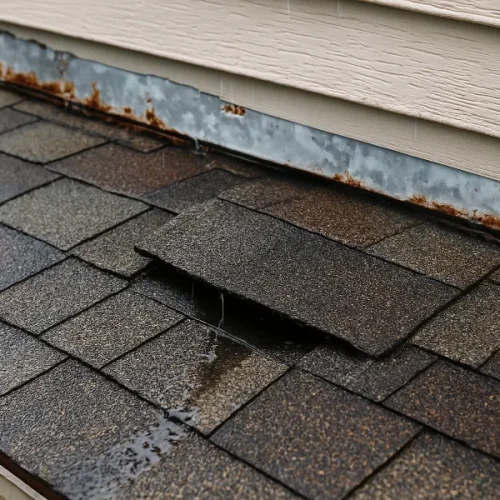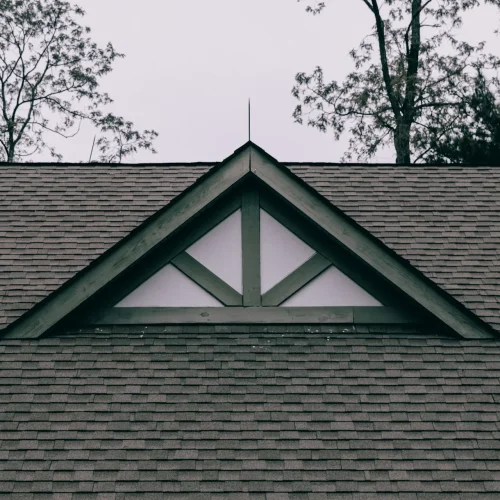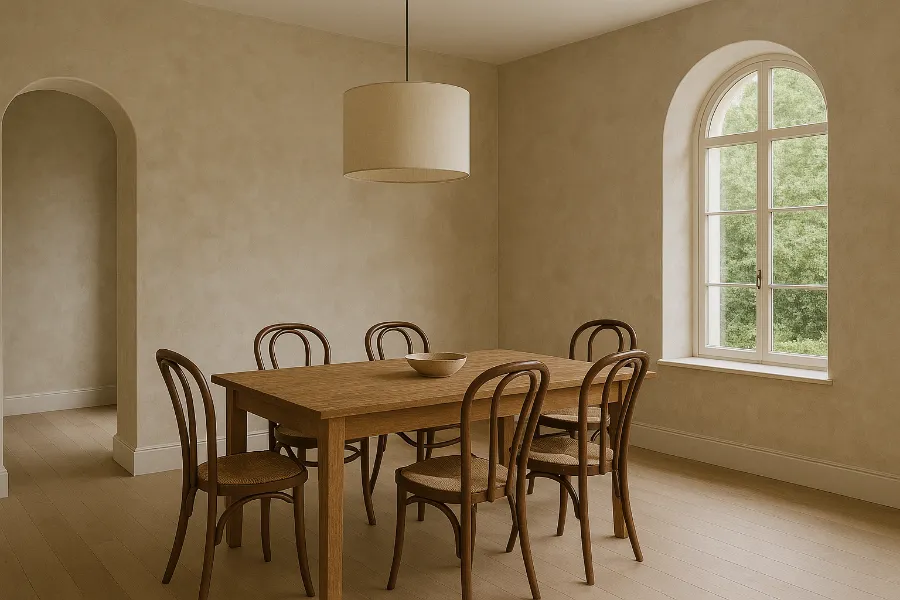
There’s something irresistible about a limewash dining room. The finish feels lived-in yet elegant, timeless yet fresh. Walk into a space with limewashed walls and you’ll notice the texture first—soft clouds of pigment shifting subtly with the light. It’s a look that feels centuries old but works seamlessly in modern homes. And when applied in a dining room, limewash creates a space that feels warm, atmospheric, and deeply inviting.
So, why has this old-world paint captured so much attention in today’s interiors? And how can you use limewash to give your dining room depth and character? Let’s dive in.
What is Limewash and Why It Works for Dining Rooms
Limewash isn’t just another type of paint—it’s a finish with history. Made from crushed limestone that’s been heated and mixed with water, limewash has been used on walls for thousands of years. Unlike modern paints that form a plastic-like film, limewash sinks into the surface, bonding with plaster, brick, or stone.
This is why it works so beautifully in dining rooms. Instead of covering walls with a flat layer of color, limewash adds depth, movement, and texture. The result is a space that feels warm and layered, perfect for a room designed around gathering and conversation.
Benefits of Using Limewash in a Dining Room
Natural Texture and Depth
Flat paint can sometimes make a room feel lifeless. With limewash, the walls take on a soft, mottled effect—almost like stone. This instantly elevates the dining room and makes it feel more sophisticated without being fussy.
Eco-Friendly and Breathable Walls
Because it’s made from natural minerals, limewash is free of harsh chemicals. It’s also breathable, allowing moisture to pass through walls, which helps prevent mold and mildew. That’s especially useful in dining rooms connected to kitchens or high-humidity areas.
Durability and Patina Over Time
Here’s where limewash shines—it ages gracefully. Instead of looking tired after a few years, it develops a soft patina that feels authentic and timeless. Think of it like leather that gets better with wear.
Choosing the Right Limewash Colors for a Dining Room
Color sets the mood in any dining room. Limewash makes it even more interesting because the finish changes subtly depending on light.
Neutrals for Timeless Elegance
Soft whites, warm taupes, and gentle grays are classics for a reason. They create a backdrop that works with everything from rustic farmhouse tables to sleek modern dining sets. A gray limewash, for example, brings subtle moodiness without overwhelming the space.
Moody Tones for Dramatic Dining Spaces
Deep greens, navy blues, and even black limewash create drama and intimacy. These shades are perfect for evening dining or for those who want their dining room to feel like a moody cocoon. Pair with brass lighting and velvet chairs for a restaurant-worthy vibe.
Warm Hues for Cozy Atmospheres
Soft peach, clay, or terracotta tones add warmth, making the dining room feel instantly welcoming. They pair beautifully with wood furniture and vintage pieces.
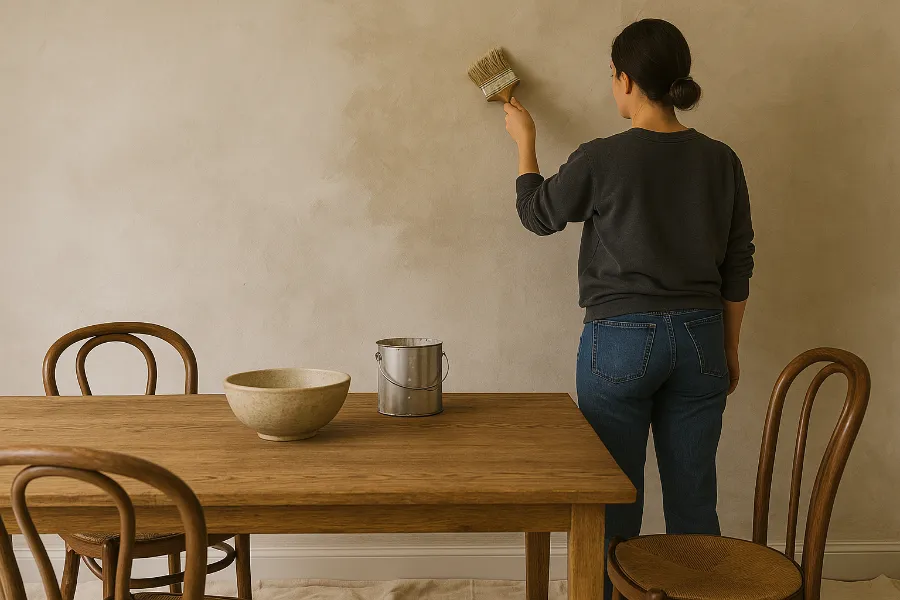
Preparing Dining Room Walls for Limewash
If you’ve painted walls before, you might assume limewash works the same way. It doesn’t. Preparation is key.
- Prime first: Limewash doesn’t mask imperfections—it highlights them. Use a limewash-compatible primer if your walls have been painted before.
- Smooth surfaces help: If your walls are uneven or glossy, sanding will help the limewash adhere better.
- Protect floors and trim: Limewash is watery and can drip, so proper masking and drop cloths are essential.
Application Techniques for the Best Dining Room Look
The beauty of limewash lies in its texture. Here’s how to achieve that signature look.
- Use the right brush: A wide, natural-bristle limewash brush gives the best movement. Avoid rollers, as they flatten the effect.
- Thin layers matter: Limewash should be applied in multiple thin coats, each one stretching across the wall in sweeping motions.
- Experiment with strokes: Vertical, horizontal, or even cloud-like circular motions can change the overall texture.
- Coats: Two coats are typically enough, but some prefer a single coat for a softer, cloudier look.
- Seal if needed: In high-traffic dining rooms, a matte sealant adds durability and makes the walls easier to wipe down.
Limewash Dining Room Design Ideas
Pairing with Rustic Furniture
A limewashed wall pairs beautifully with reclaimed wood dining tables, leather chairs, and vintage sideboards. Add brass candlesticks or ceramic vases for texture.
Modern Minimalism with Limewash
Keep the palette simple—think gray limewash walls, a sleek black dining table, and sculptural lighting overhead. The limewash adds warmth without compromising modern clean lines.
Mixing Limewash with Statement Lighting
Because limewash reflects light unevenly, statement fixtures look even more dramatic. A chandelier or cluster of pendants will cast shifting shadows, emphasizing the walls’ texture.
Limewash Ceilings and Fireplaces
Why stop at walls? A limewashed ceiling can soften a dining room, while a limewashed fireplace creates a focal point. Pair with cozy textiles for a layered effect.
Common Mistakes to Avoid
- Skipping primer: Without proper priming, limewash can look patchy.
- Overloading the brush: Too much paint leads to drips and uneven drying.
- Expecting perfection: The charm of limewash lies in its irregularity. Don’t fight it.
- Painting furniture: Unless sealed, limewash rubs off easily. It’s better suited for walls and ceilings than tabletops or chairs.
Maintenance and Long-Term Care
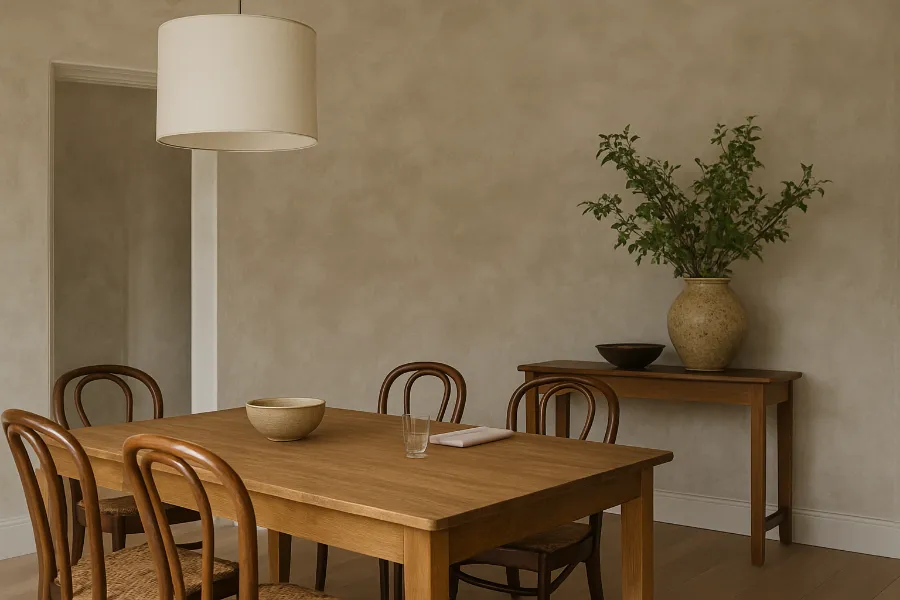
A limewash dining room doesn’t need constant upkeep. Here’s how to care for it:
- Wipe gently: Avoid harsh scrubbing; a damp cloth is enough for small marks.
- Touch-ups are easy: Instead of repainting the whole wall, you can add a new coat in just the affected area.
- Reapply every few years: Depending on traffic, limewash may need a refresh every 5–7 years.
Conclusion: Why a Limewash Dining Room is Timeless
A limewash dining room isn’t just a trend—it’s a design choice rooted in history. The finish offers texture, warmth, and authenticity that modern paints can’t replicate. Whether you lean toward soft neutrals or bold moody tones, limewash creates a backdrop that elevates everyday meals and makes gatherings feel special.
If you’re searching for a way to bring character and soul into your dining space, limewash is the answer. Once you see the walls come alive with texture, you’ll understand why designers and homeowners alike can’t stop talking about it.



